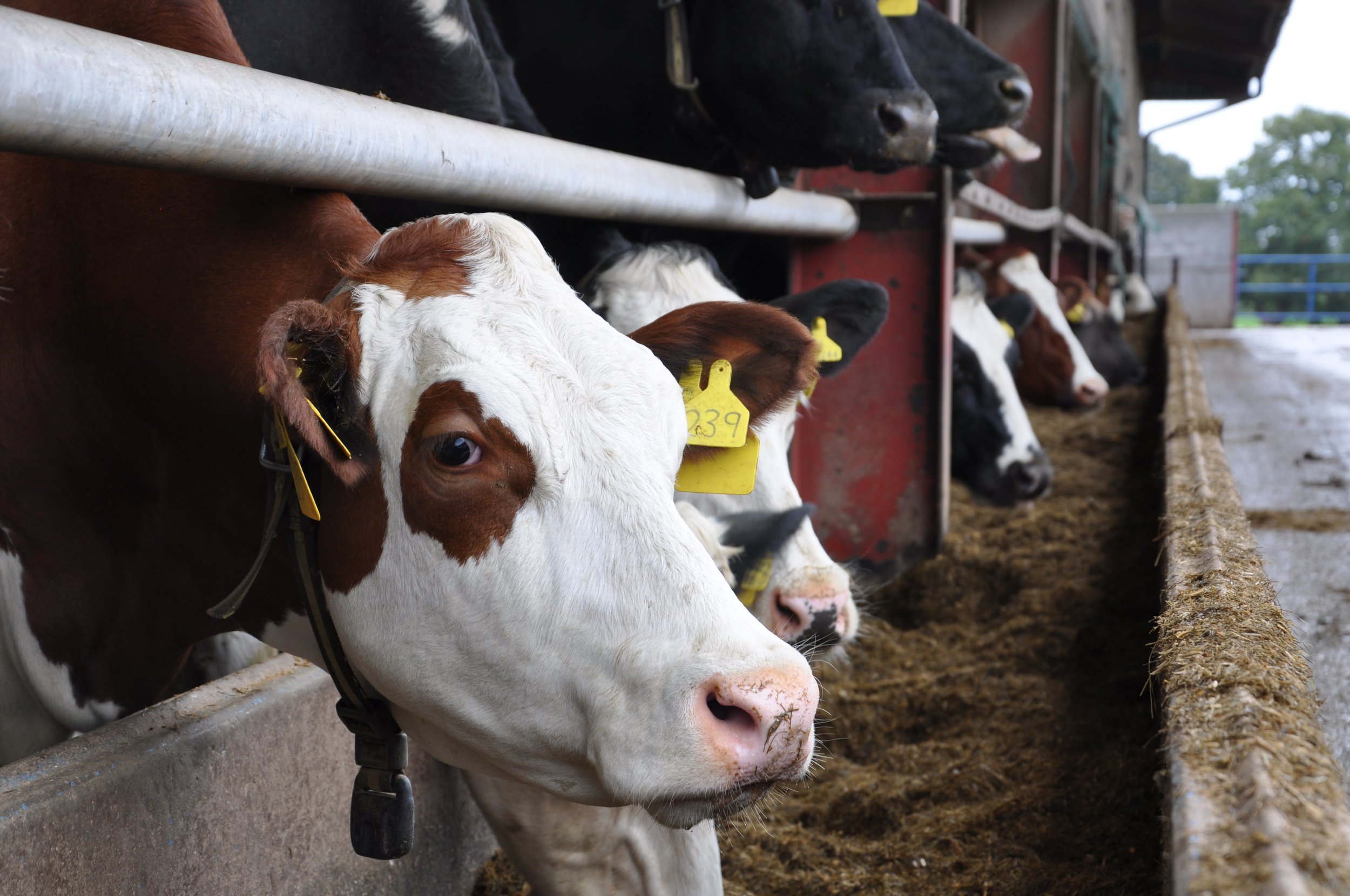All things considered after the difficult growing season, Shropshire farmer Mark Fitton is pleased with how his maize silage has turned out.
Yields might have been down compared with his bumper 28-30 t/acre 2023 maize crop, but Mark Fitton is pleased with his 2024 maize silage.
After the season’s high rainfall and lack of heat, the decision to harvest his maize when there was a break in the weather at the start of October proved a good one.
Although land was wetter than ideal, cobs were ripe and the leaves were still green – a factor that is important for digestibility.
We had a decent crop given the year and the weather,” says Mark, who milks 250 Procross Swedish Red x Montbéliarde x Holsteins near Whitchurch. “It was ripe. It was early. And the timing of harvest was bang on.
“The tonnage was down on what it should be. I reckon we averaged about 23 t/acre. I’m not complaining, but we want at least 25 t/acre on our land if we have the weather. So I’m being careful about how much maize I feed. I don’t want to run out.”
Less waste
As well as trying a packer roller to aid clamp consolidation, 2024 also saw the additive Ecocool used for the first time to conserve the farm’s maize silage. A dual-acting additive, research has shown Ecocool to both reduce fermentation dry matter (DM) losses and DM losses caused by aerobic spoilage (heating).
“I’m very impressed with Ecocool. There’s very little waste. In previous years I’ve always had to scrape some waste off the top. I can’t fault it. The silage stays cool. Normally it goes bad so quickly.” Mark adds.
An early analysis revealed the maize silage to be 33.8% DM, 11.3 ME, 72.1% D value and 28.6% starch. With the tonnage potentially tight, a 50/50 ratio of maize silage to grass silage is being fed in the TMR, along with a protein blend. This compares with some years when maize inclusion can reach 60% or 70%.
Although milk yields are slightly down, Mark partly attributes this to the difficult growing season also impacting the grass silage crops. However, with some milk sold into the powdered market, it is not only about litres; milk solids are also key.
The cows are doing 5.4% butterfat and 3.7% protein which are both very good, and about 25 litres/cow/day. Ideally we want to be at 27 litres, but the more litres, the more the fat and protein would drop anyway. So it’s swings and roundabouts,” Mark adds.
Maize preparations
Preparing for the 2025 maize crop, soil testing will be carried out in January or February ready for potash application, with maize seed ordered in February.
A new slurry separator is also being installed on the farm, which will provide plenty of solid muck for the maize, Mark notes.
Stay tuned for more updates from Mark.




